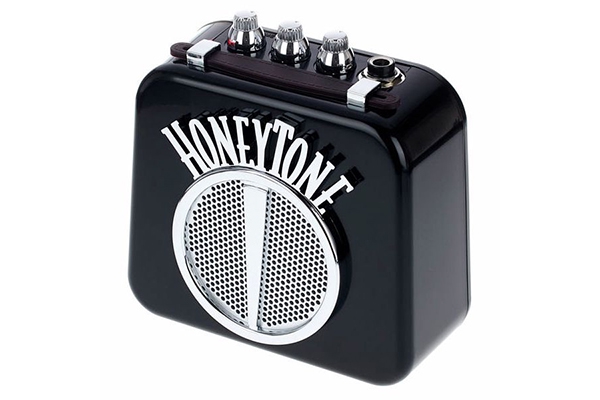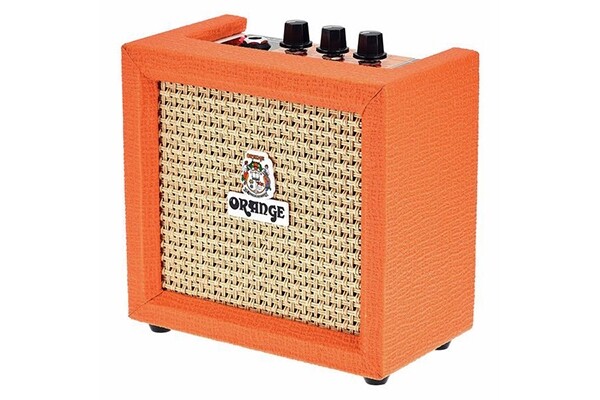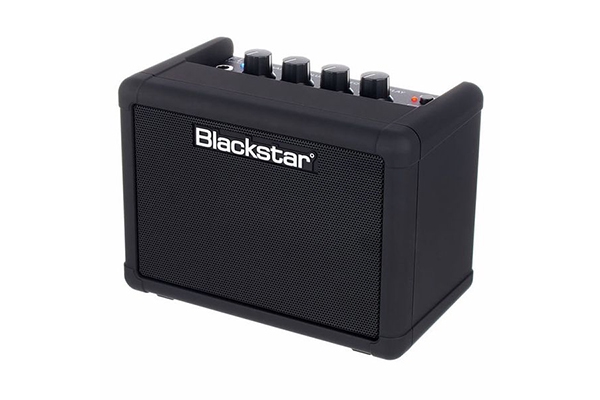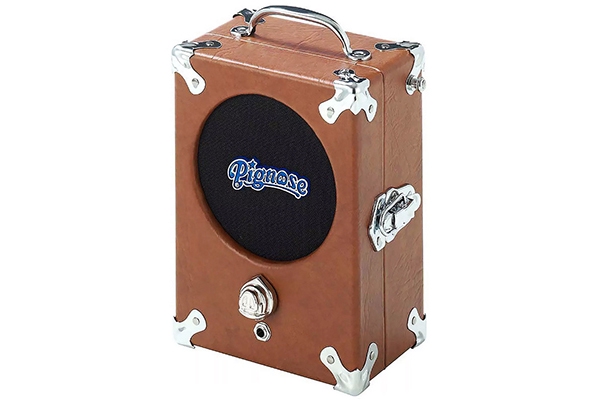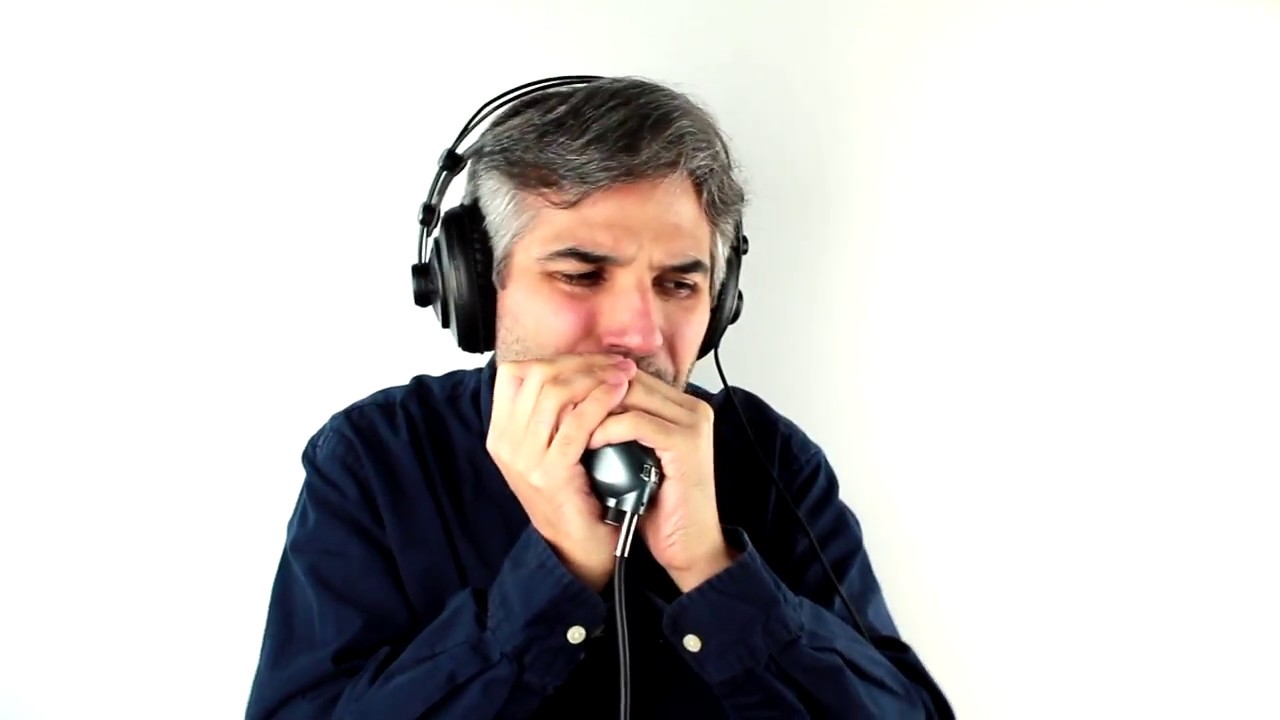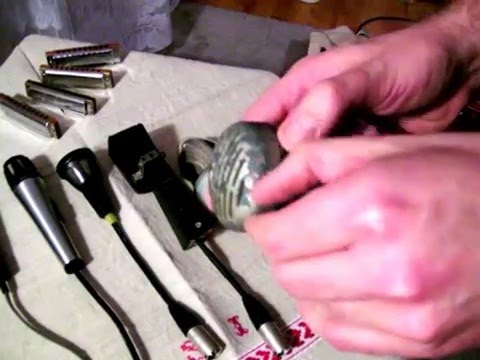Getting Started With a Harp Mic
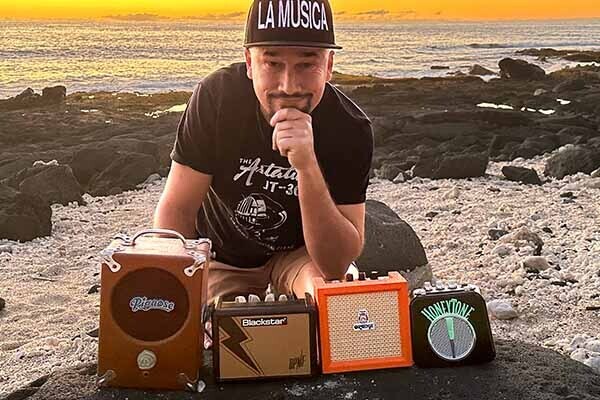
In a previous post I gave you 3 reasons you should learn to use a harp mic:
![]() For the bluesy, distorted tone we all know and love
For the bluesy, distorted tone we all know and love
![]() To be heard among a crowd of people, and
To be heard among a crowd of people, and
![]() To be heard among musicians
To be heard among musicians
There is a learning curve with playing amplified, because playing with a mic, especially a bullet-style mic, requires some changes to your technique compared to playing acoustic.
![]() In order to get that nasty, distorted, chicago-blues style tone, you want to get as airtight of a grip around the mic as possible. The airtight grip is part of what overdrives the mic giving that distorted sound. This takes practice.
In order to get that nasty, distorted, chicago-blues style tone, you want to get as airtight of a grip around the mic as possible. The airtight grip is part of what overdrives the mic giving that distorted sound. This takes practice.
![]() Hand wah effects are greatly limited. We have to rely much more on mouth position and much less on hand wah’s to get the tonal variations we want to play.
Hand wah effects are greatly limited. We have to rely much more on mouth position and much less on hand wah’s to get the tonal variations we want to play.
![]() Feedback - that squealing moaning sound that makes everyone cover their ears and grimace - is something that we are always trying to avoid. Finding the balance between a GRITTY tone, yet NOT FEEDING BACK is challenging and takes time and experimentation. Sometimes that balance requires us to become nimble with our mic’s volume knob.
Feedback - that squealing moaning sound that makes everyone cover their ears and grimace - is something that we are always trying to avoid. Finding the balance between a GRITTY tone, yet NOT FEEDING BACK is challenging and takes time and experimentation. Sometimes that balance requires us to become nimble with our mic’s volume knob.
The MIC I recommend for beginners, if you’re on a tight budget, USED TO BE the Bottle O’ Blues, but sadly they are no longer in business, although you may be able to find one on eBay or Reverb.com.
But thankfully I just got turned onto a host of vintage Japanese mics that are suitable harp mics for under $50! ![]()
You can check them out in this video, and please do not hesitate to post any questions you may have about them here in the forum.
Otherwise, if you’re not on a tight budget, here’s my recommendations:
![]() The Hohner HB-52
The Hohner HB-52
![]() The Bulletini
The Bulletini
![]() Shaker Mad Dog for those with small hands or only use of 1 hand
Shaker Mad Dog for those with small hands or only use of 1 hand
But what about the all important AMP?
Here’s a low-budget solution to consider: Low Cost Battery-Powered Amps.
All battery-powered amps share these benefits:
![]() Lightweight
Lightweight
![]() Relatively Inexpensive
Relatively Inexpensive
![]() Don’t take up too much space at home
Don’t take up too much space at home
![]() Able to be played anywhere - even camping in a remote place!
Able to be played anywhere - even camping in a remote place!
To put these prices in perspective, a regular amp that harmonica players might use on a gig, like a Fender Bassman runs about $1200.
I checked out 4 super-cheap amps, and here are my takeaways.
![]() Honeytone N-10 ($25)
Honeytone N-10 ($25)
![]() Runs on a 9V Battery
Runs on a 9V Battery
As with most things in life, you get what you pay for. But at least the Honeytone can get you playing amplified.
It’s most effective to use with headphones, as it’s hard to get it at a nice volume without feeding back.
Using this amp with one of the vintage Japanese Mics can get you into the amplified harp game for as little as $50.
BUT it doesn’t have an aux input, to be able to listen to songs or backing tracks to play along with, which makes it less fun and useful for headphone use.
![]() Orange Crush Mini ($75)
Orange Crush Mini ($75)
![]() Runs on a 9V Battery
Runs on a 9V Battery
This 3 Watt amp has the nastiest, most nasal tone of these amps. Its big drawback is that it’s prone to feedback and it doesn’t have a big bottom end.
Since it has an aux in, it’s great for headphone use - plug in your phone or computer using an ⅛” cable and jam along with your favorite songs or jam tracks.
![]() Blackstar Fly 3 ($75)
Blackstar Fly 3 ($75)
![]() Runs on 6 AA Batteries
Runs on 6 AA Batteries
This 3 Watt amp has a bit more bottom end than the Orange amp, and it’s a bit easier to get the volume up on it without excessive feedback.
This is the only amp that has an onboard echo effect which can be a LOT OF FUN.
It also has a “blues power” button which distorts things more, getting nastier tones, but making it harder to avoid feedback.
Also like the Orange amp, it has an aux in, so it’s also great for headphone use and jamming along with other songs or jam tracks.
![]() Pignose 7-100 Legendary ($125)
Pignose 7-100 Legendary ($125)
![]() Runs on 6 AA Batteries
Runs on 6 AA Batteries
This is a 5 Watt amp with a 5” speaker and so it’s just a lot easier to get it to a nice reasonably loud volume without feedback. If you are wanting to use a mic to jam with others and/or to be heard in small gatherings, this is definitely your best bet.
However, it has neither an aux in jack NOR even a headphone jack, so this baby is NOT good at being quiet.
Final Verdict
![]() On a shoestring budget a $25 vintage Japanese Mic into the $25 Honeytone amp gets you up and running with playing amplified for 50 bucks!
On a shoestring budget a $25 vintage Japanese Mic into the $25 Honeytone amp gets you up and running with playing amplified for 50 bucks!
![]() To be able to play in headphones along with recordings, and have an inexpensive entrance into playing amplified without excessive feedback, I’d probably go with the Blackstar.
To be able to play in headphones along with recordings, and have an inexpensive entrance into playing amplified without excessive feedback, I’d probably go with the Blackstar.
![]()
![]() And if you don’t care about use with headphones, and it’s affordable for you, I’d DEFINITELY go with the Pignose.
And if you don’t care about use with headphones, and it’s affordable for you, I’d DEFINITELY go with the Pignose.
![]()
![]()
![]() And if you can afford $250 or more, check out the bigger Pignose options, the Hog-20 or Hog-30.
And if you can afford $250 or more, check out the bigger Pignose options, the Hog-20 or Hog-30.
A great riff to first practice with an amp/mic would be any of the 5 Killer Harmonica Grooves, or:
The I Want Candy riff, punctuated with a -45 trill (because it sounds badass and requires no bending).
Here’s the tab:
-123 -123 -123 234 -123
-45 Trill
